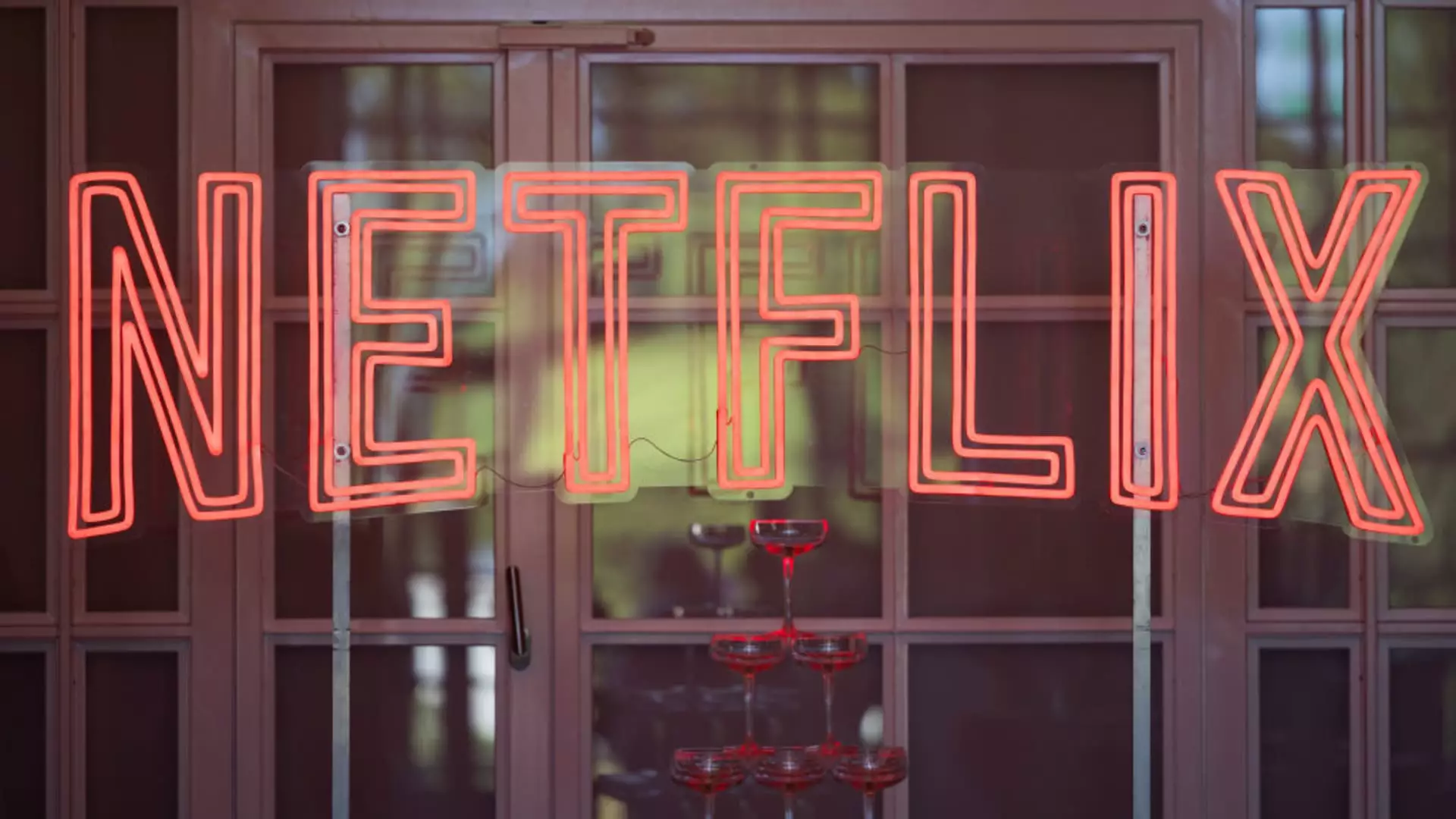In a significant move that reflects both the streaming industry’s dynamics and Netflix’s own strategic initiatives, the company announced an increase in subscription prices for most plans in the U.S. on a recent Tuesday. The standard ad-free plan is set to jump from $15.49 to $17.99, while the newly minted ad-supported plan will see a modest increase from $6.99 to $7.99. Moreover, Netflix’s premium ad-free tier will rise from $22.99 to $24.99. These adjustments in pricing signify more than just a number change; they highlight a broader trend across streaming platforms grappling with profitability amidst a fierce competitive landscape.
Consumers are experiencing price hikes across many video streaming services — from Disney+ to HBO Max — indicating that this is part of a larger economic tide rather than an isolated incident. As streaming giants strive for financial sustainability, it’s clear that companies must not only invest in their offerings but also strategically manage customer expectations regarding cost.
Netflix’s co-CEO Ted Sarandos addressed investor concerns during the same announcement, emphasizing the criticality of having engaging content to justify the price increases. “When you’re going to ask for a price increase, you better make sure you have the goods and engagement to back it up,” Sarandos noted, hinting at forthcoming series and movies slated for 2025.
This bold declaration suggests that Netflix is not merely raising prices as a reaction to internal financial pressures; instead, they are banking on their ability to deliver top-tier content that keeps subscribers engaged. As competition grows and churn rates threaten subscriber retention, compelling programming may become an essential lifeline. Future releases and strategic content planning will be crucial to maintain the loyalty of existing customers and attract new ones.
In light of the recent price adjustments, consumer sentiment is nuanced. Many long-time subscribers may feel a sense of frustration over the relentless financial increases, particularly if they perceive the content library to be lacking in value. However, Netflix has also lauded the success of its ad-supported plan, which now boasts 70 million global monthly active users, demonstrating that even at a low cost, consumer interest remains. The initial rollout of ad-supported tiers has provided varying pricing options, presenting an alternative for cost-sensitive users.
As Netflix also ramped up its initiative against password sharing—a common annoyance among subscribers—the move suggests a strategic pivot aimed not only at revenue generation but also at enhancing user accountability within its subscriber base. The introduction of “extra members” to existing accounts as a paid add-on reflects an innovative way to monetize shared usage without alienating customers who may otherwise cancel their subscriptions.
While the U.S. pricing changes spark substantial conversation, Netflix is poised to enact similar increases in international markets, including Canada, Portugal, and Argentina. This emphasis on a global strategy serves to standardize and amplify its revenue streams, but it also surfaces potential pitfalls. Local consumer sentiment regarding pricing could vary widely. The cultural nuances and economic constraints within different regions may provoke backlash that Netflix must navigate skillfully.
Moreover, Netflix’s adept response to subscriber dynamics—culminating in the record addition of 19 million paid members during the last quarter—exemplifies its resilience. As the platform surpasses 300 million subscribers, it reveals a robust customer base that is potentially amenable to price increases, particularly if accompanied by compelling content offerings.
As Netflix transforms its pricing strategy amidst a fluctuating streaming landscape, the firm faces a balancing act between profitability and customer loyalty. The streaming industry’s future will hinge on its ability to deliver engaging content at justified price points while managing subscriber expectations. If Netflix can successfully execute its plans and invest wisely in content, this price hike may very well solidify its dominance in the ever-competitive streaming arena, proving that thoughtful engagement can accompany increased costs without driving subscribers away. It will be crucial to observe how consumers respond to these incremental changes, particularly as their entertainment needs evolve.

